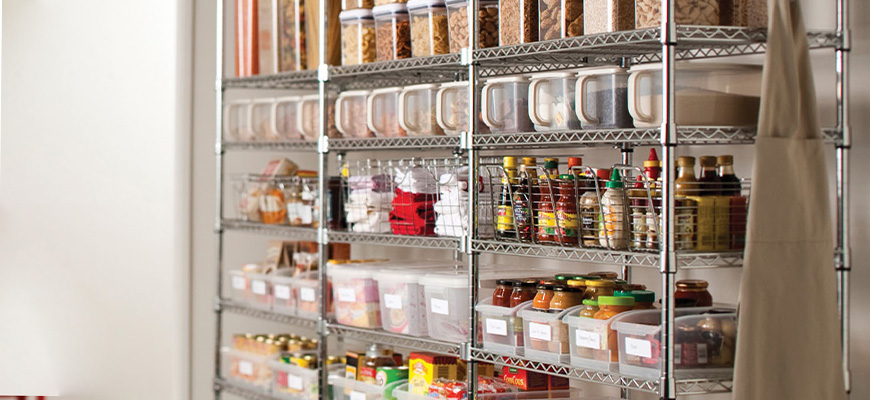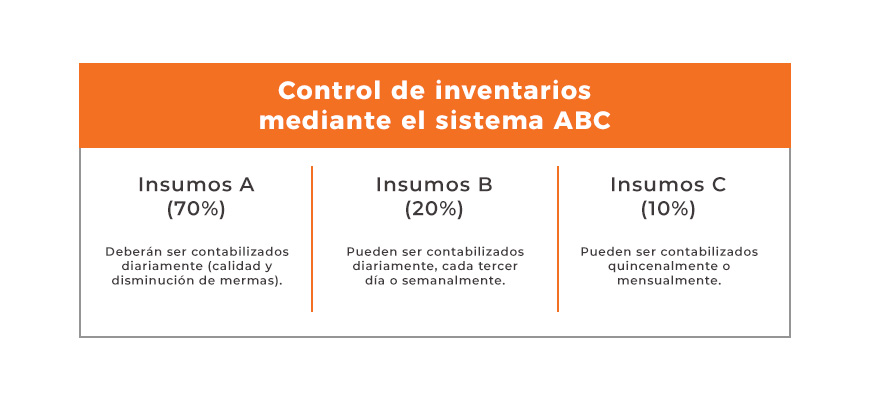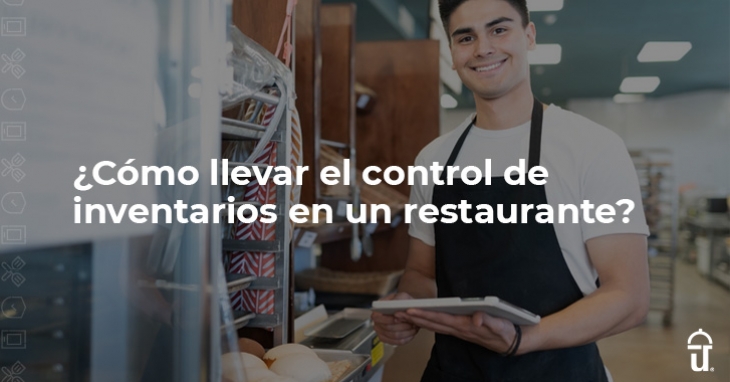Losses, lack or excess of raw materials and ant theft are common symptoms of a restaurant that does not have an adequate control system for managing its inventories.
If your restaurant suffers from some of these problems, in this article we will explain how to keep inventory control in a restaurant properly to get the most out of your business.Keep reading!
What is inventory control and what is its importance?
Inventory control is the process by which a restaurant manages the goods stored in the warehouse, in order to record information on the entry and exit of products, as well as facilitating cost savings.
Most restaurants invest around 30 percent of their total costs in buying food, so keeping good control of your inventory is essential to use resources in the most efficient way and optimize the budget invested.
How to keep inventory control in a restaurant correctly?
Although there are different methods to keep track of an inventory depending on the restaurant's human and technological resources, some of the most recommended steps are:
1. Take a physical inventory
The first step is to carry out a total physical inventory, where you must write down all the items and quantities in stock, along with the price list of the products. This inventory will serve as a basis for classifying your products and keeping a record of the entries and exits.
2. Classify your products

One of the most used methods to classify the products of a restaurant is the ABC system, which is based on identifying the products that have a significant impact on the overall value of your store. To do this, you must classify the inputs you use to prepare your menu according to their relevance to consumption and their cost.
- Inputs A: They are the ones that make up at least 70 percent of the total money value of your raw material.
- IConsumption B: they make up about 20 percent of the total value.
- Inputs C: they represent the remaining 10 percent.
According to this classification, your inputs A should be those that higher cost they generate to your restaurant And, therefore, in these you must is where you must invest more care and control. Some examples of Inputs A are all meats, dairy, and seafood.
Your inputs B will be those that represent a intermediate cost for your warehouse, such as fruits and vegetables, while inputs C are those that generate the lowest cost, for example, species.
3. Keep a list of the inputs and outputs of your warehouse
Once you have classified your inventory, it is time to start keeping a list of the inputs and outputs of the warehouse as they happen.
- Tickets: They can be purchases or transfers that come to your restaurant from other branches (if you have these).
- Outputs: They correspond directly to sales or wastage (which could represent from zero to three percent of the value of your inventory).
This list will help you to verify the daily consumption of your restaurant, as well as to prepare a shopping list that can include the exact amounts that you must invest to cover the cost of your products.
It may interest you: How to increase sales in a restaurant using technology
To be able to keep an exact control of the outputs of your warehouse, it is necessary that you have technical sheets of your dishes, that all recipes are standardized and that they are prepared based on what is described, in order to generate a correct calculation of your costs.
4. Define the frequency with which the inventory review will be done
The next step is to define the periodicity with which you will implement the review of your inventory. According to the ABC system, it is advisable to do it as follows:
 5. Determine maximum and minimum stock
5. Determine maximum and minimum stock
From the historical information that you generate in the management of your inventories, you can determine the minimum and maximum amount of merchandise that you must have available to guarantee a successful operation to avoid having to allocate an excess in storage expenses, but maintaining enough to prevent an increase in demand.
6. Use technology to optimize control and avoid losses
Since you have defined the first steps of your system to keep track of your inventories, it is time to implement technological tools that allow you to automate manual tasks, helping you to obtain greater precision in your records and have more time to implement better business strategies .
For example, a restaurant software that includes the inventory control function will allow you to keep a theoretical control of your supplies based on your recipes and on the movements you make in your daily operation. Therefore, by conducting your periodic physical inventory, you will be able to identify in a timely manner if there is missing merchandise that may have been stolen or lost.
It may interest you: Soft Restaurant® 10: The System for Smart Restaurants
Start your inventory control!
Now is the time to take the first steps to implement a good inventory control of your business, because it's about money that is stored somewhere in your establishment and that you may be losing without realizing it.
Consider that you must first establish the internal operating procedures that will guide the activities of your work team. Later, with the help of a software for restaurants You can keep track of your inventories in a practical and automated way, as well as check that your physical inventories are in order.
Finally, from the data that you obtain from your control, you will be able to develop better strategies to optimize your operation to the maximum. If you want to know the best methodologies and tools to manage your business, we also invite you to register at Program to increase the profitability of your restaurant Find out all the details below!


